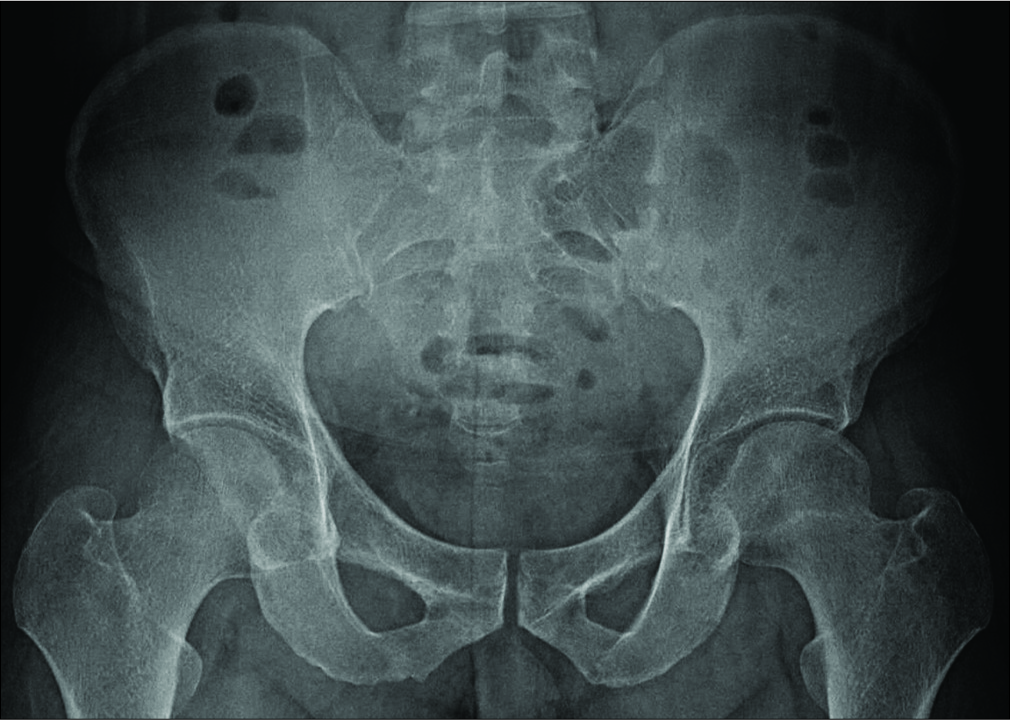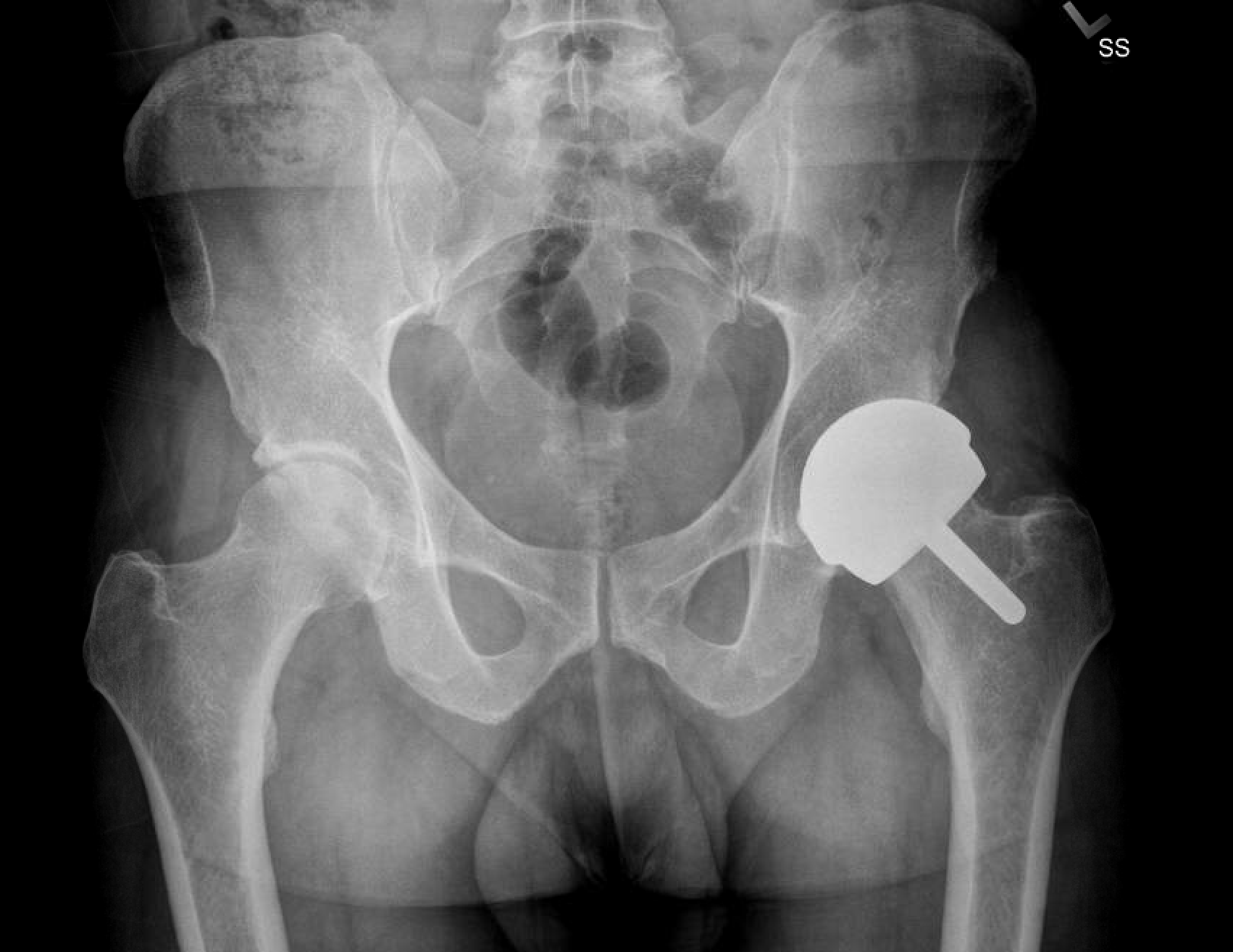
coxitis (inflammation of the hip joint).arthritis, arthrosis of the hip joint, deforming arthrosis or coxarthrosis.


The most common indications for X-ray diagnostics of the hip joints relate to:

To learn more about pediatric imaging at UVA, click here.Directing the patient to radiography, a traumatologist, orthopedic surgeon, surgeon or rheumatologist are able to assess the state of structures of this bone joint. Talk to your child’s care provider about having your child’s hip ultrasound performed at UVA, or call (434).243.5500 to make an appointment. Our goal is to make you and your child’s screening experience as smooth as possible. This sub-specialized training gives UVA an edge in accuracy and efficiency over other medical institutions. Additionally, our ultrasound technologists who perform hip ultrasounds complete over 100 hours of technical training to become certified. That’s why we have pediatric radiologists who are specifically trained to provide pediatric radiology services for children of all ages. Children with DDH that go untreated for too long can have life-long problems with walking and pain.Īt UVA Pediatric Radiology, we know that children’s bodies are different from those of adults. Hip ultrasound screenings make a major difference in the lives of many children by providing an early diagnosis of hip dysplasia, which can help lead to successful treatment and the development of a healthy hip joint. This screening will help doctors to determine if further treatment is needed. The technologist will examine both hips of the child in different positions until the images are fully formed. A warm, water-based gel is applied to their skin so the ultrasound can provide better images by taking away air pockets between the transducer and the skin.īabies must stay as still as they can during the examination, so it is recommended that parents bring toys, or soothe their babies with their voice to make time pass quicker. Hip ultrasounds take less than 20 minutes and the child will not feel any pain during the examination. Ultrasounds use inaudible sound waves which bounce off of the bones and muscles to create an image for radiologists to interpret. Hip ultrasounds are a safe, non-invasive procedure that does not use any radiation. After about 6 months of age x-rays are done because the bones are often too well developed to use ultrasound successfully. Hip ultrasounds are recommended for infants from birth to six months old because their bones have not fully developed. If diagnosed early and treated successfully, children are frequently able to develop a healthy hip joint. There are other less common factors that may increase the chance of an infant having DDH, such as congenital foot and neck anomalies, so a doctor may recommend screening in those cases as well.Īt UVA Pediatric Radiology, we offer hip ultrasound screenings to detect the different stages of hip dysplasia before symptoms begin to show. Hip dysplasia is more common in first-born children because they are often more cramped in the uterus of first-time mothers. Babies in the normal womb position have less pressure on their hips which is why they are far less likely to have DDH. The earlier DDH is diagnosed the more likely treatment will be successful and the more likely less invasive treatments can be used.ĭDH is more common in babies born in the breech position.

Even if symptoms do not show during the initial physical examination after birth, it is still important to have your child screened for DDH if your child is in one of these groups. 6 in 10 DDH cases occur in first-born babies and 80% of overall cases occur in females. You should let your physician know if you or a family member were born with hip dysplasia or have very flexible ligaments. Family history can predispose infants to developing hip dysplasia.


 0 kommentar(er)
0 kommentar(er)
